Ceramic tiles are a practical and waterproof type of finish that can be used for wall and floor cladding even in very wet areas. That's just the material this - piece, so to get a solid, aesthetic coating it is necessary to carefully seal the inter-tile seams. This can be done with a special grout, which will close all the cracks, preventing the ingress of moisture and dirt under the tile. The main thing is to choose the right composition that will not absorb water and will not crack in the first year after the repair.
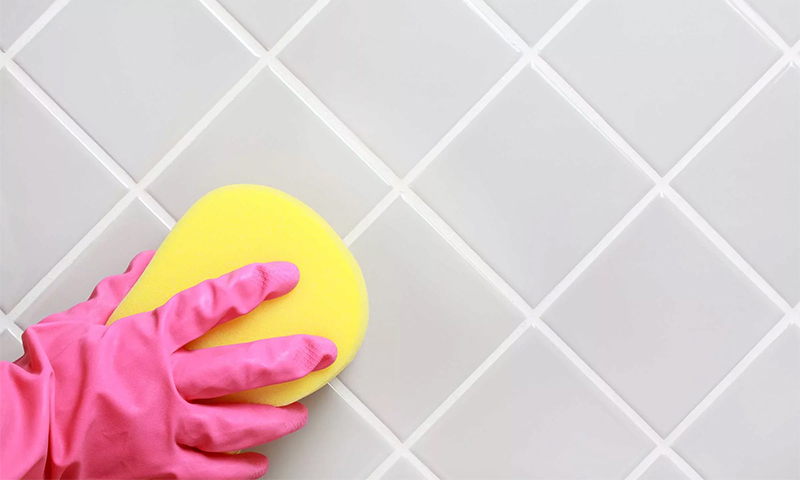
Content:
The best manufacturers of tile grouts - which company to choose
Want to be confident in the reliability and durability of grout - give preference to well-known brands with a good reputation. They strictly follow the recipe and use quality ingredients for their mixtures.
So if your goal is to make repairs once and never remember him for many years, do not spare money for the products of worthy manufacturers:
- Ceresit;
- Litokol;
- Mapei;
- Sopro.
The range of grout from these companies is quite wide, so it will be easy to choose the fugu suitable for the characteristics and color of the tile. The best products can be found in this review, and our article will help determine the specific type of grout.
The composition of the grout for the tile and the principle of its action
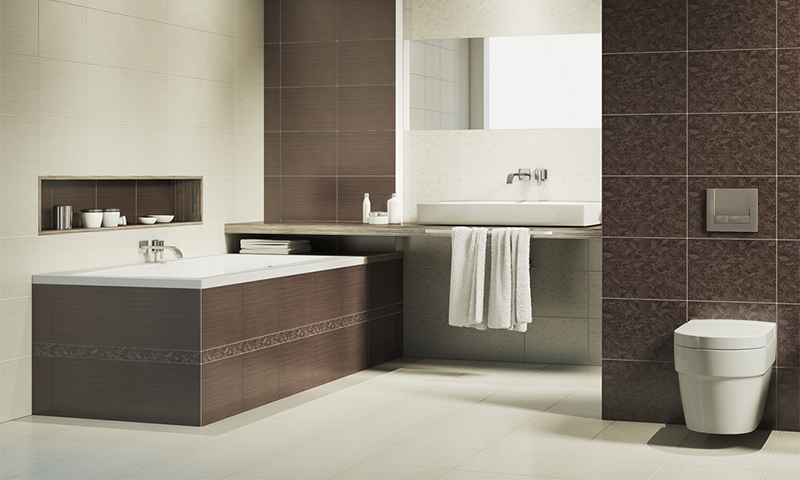
The simplest trowelled mixtures are produced in a dry form. They are made on the basis of cement with plasticizing and mineral additives. To work, they just need to shut the water (in some cases - liquid latex) in the proportions indicated on the package with a fugue.
Synthetic grout and resin mixes are sold in liquid form. Some of them are ready for use, others are two-component formulations and require the introduction of hardeners before starting work.
Whatever composition you choose, they all work in approximately the same way: when filling the seams, the mixture is glued to the edges of the tile and freezes, forming a thick waterproof partition between the cladding elements. At the same time, the fugue itself as it dries practically does not shrink due to its elasticity, which allows it to avoid the appearance of cracks.
Types of tile grouts
Cement

It is also customary to rank cement-polymer and cement-sand fugues in this family, depending on which additives are included in the main composition of the mixture.
Such grouting is used for joints with a width of about 4-6 mm, and the presence of mineral aggregates (sand) makes it possible to close up much wider gaps.
Pros:
- Very durable;
- Suitable for inexperienced craftsmen because they are easy to prepare and apply;
- They do not immediately harden, giving time to correct the flaws in the work;
- Cracked from time to time repair is easy to repair;
- The most affordable.
Minuses:
- May absorb a small amount of moisture;
- Poor color range;
- Give a slight shrinkage during drying;
- For a long time freeze.
Cement grout is not recommended for use in very wet areas, as it forms a porous surface that can absorb water.
As a result, mold appears on the seams, and they themselves begin to quickly collapse. This can be prevented by the introduction of antiseptic and liquid latex into the cement mixture.
Epoxy
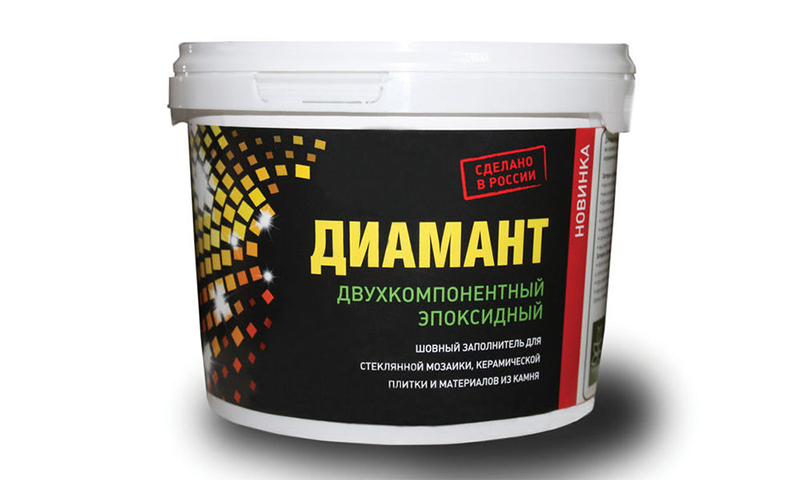
We are talking about two-component mixtures of chemically curable resins, which add fine fraction aggregate for strength.For this, manufacturers often use colored sand: it not only strengthens the seam, but also acts as a pigment.
Epoxy grout after the introduction of the hardener quickly turn into a dense waterproof mass, similar in properties to plastic. This is the best option for sealing joints when facing “wet zones” in the kitchen and bathroom, in the pool, in the bath - in any places with extremely high levels of humidity.
Pros:
- Elastic and completely waterproof;
- Form a surface without pores, not absorbing moisture or dirt;
- They are not afraid of contact with detergents, aggressive chemicals and abrasives;
- Resistant to temperature changes in the range from -20 to + 110 ° C;
- Do not fade and do not crack, can serve up to 30-50 years;
- Wide range of colors - up to neon, luminescent mixtures, "metallic" and "chameleons".
Minuses:
- They require skill when applied, as they freeze very quickly;
- Difficult to remove from the tile surface;
- Are more expensive than other grout;
- Due to the high sand content, they give a rough surface to which hair and threads cling.
Epoxy grout has almost no restrictions on use - they can be used even on the street. However, working with them requires experience, and considerable, otherwise you will spoil not only the expensive fugu, but also the tile itself.
Polyurethane
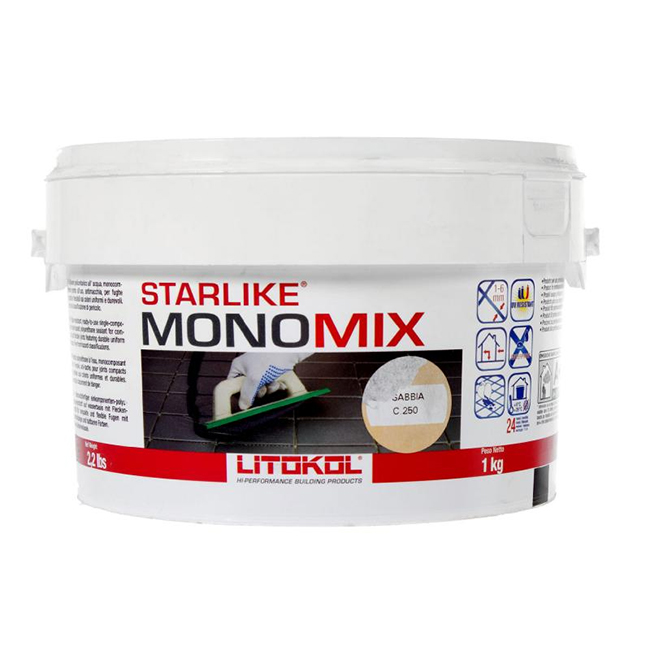
These are elastic grout with high water-repellent properties, with which you can seal joints with a width of 1 to 6 mm.
They are ideally suited as a fugues for ceramic cladding on moving surfaces, since they have a peculiar elasticity and do not crack, even if the tile begins to "play." They are painted, as well as epoxy compounds - with the help of pigmented sand.
Pros:
- Do not absorb water and do not accumulate dirt;
- Even very thin seams are easily filled;
- Do not require mixing - the mixture is ready for operation;
- Leave enough time to correct blemishes;
- Easily removed from the surface of ceramic tiles.
Minuses:
- Destroyed by chlorine.
Latex

Very plastic mixtures that can fill seams up to 2-3 cm wide. In pure form, they are rarely used because of their high cost, but they can be added to cement fugues to improve performance or be applied as an upper reinforcing layer.
Latex groutings are resistant to bending and compression, do not react to temperature fluctuations and retain their color for a long time.
Pros:
- Very elastic;
- Highly resistant to cracking;
- Glue well wide seams;
- Impermeable to water;
- Huge selection of colors.
Minuses:
- Not cheap;
- If the fugue is not removed from the tile in time, a cloudy film may form on the surface;
- Poorly tolerated steam cleaning.
Furan

The closest "relatives" of epoxy grout are also made on the basis of a curable resin with the addition of latex (to give greater elasticity) or Portland cement, which provides high strength of the joint.
According to its characteristics, the furan composition after solidification resembles an epoxy, only with different chemical properties. It is resistant to aggressive acids, but can react with other substances, emitting harmful compounds into the air, therefore such grouting in residential premises cannot be used.
Pros:
- Impermeable to moisture;
- Form a very hard seam;
- Resistant to acids and UV radiation;
- Elastic and do not crack with time.
Minuses:
- Hard to find in the free market;
- Available in one color only - black;
- Chemically active;
- Can be used only in industrial premises and in the open air.
Tile choice options

Purpose
Having studied the features of all types of grout, it is easy to determine which option is suitable for certain works. If this is a relatively dry section of the wall that just needs frequent cleaning (kitchen apron, walls in the bathroom), the usual cement fugue will be enough.
For wet conditions, more stable mixtures are needed: latex or polyurethane. In the case when the tile is constantly in contact with water, for example in a pool or a shower, it is better to take a grout that is resistant to the appearance of mold and at the same time does not accumulate dirt. Suit the same polyurethane or epoxy.
Consider and features of the operation of the coating. For facing, laid on a deformable or vibrating base, you need a grout with good elasticity (latex, PU, furan fugue). The same applies to warm floors and surfaces in unheated rooms or on the street. Due to the ever-changing temperature and the effect of thermal expansion, too hard a grout can quickly crack.
Seam width
On the package with grout is always indicated the minimum and maximum width of the seam at which it can be used. You just have to take into account the recommendations of the manufacturers.
1. If you need to close up very narrow gaps of 1-3 mm, choose plastic fugues without mineral fillers.
2. For seams up to 6 mm mixtures with fine sand are produced.
3. Wide “paths” of 10-20 mm will have to be sealed with very elastic compositions or plasticized cement grout with a coarse-grained filler.
Tile features
Since the grout not only fills the seams, but also “glues” the ends of the tile, when choosing a fugue, you should pay attention to the structure of the facing material.
1. Tile with glossy glazed or richly decorated surface does not allow the use of mixtures with abrasive sand. Fine cement grinding, latex and polyurethane will work well here.
2. For mosaic and glass tiles, decorative epoxy grout is best.
3. Ceramics with a porous surface or expressive texture should not be overwritten with too liquid mixtures - this will lead to excessive fugue, and later it will be difficult to clean it out. It is better to stay on the cement-sand grout.
Colour
The choice of color trowel determines the appearance of the cladding and the entire room. Even a boring monophonic tile can be turned into an original finish, if you choose a fugu for it with an interesting decorative effect.
When buying, you can rely on your taste, but knowing some of the rules for the selection of color will not be superfluous:
1. Light-colored grouting visually combines the drawing on individual tiles and enlarges the room.
2. Dark seams emphasize the color and texture of the cladding, while highlighting each tile in the overall masonry.
3. Mix for monochromatic tile should be in color combined with decorative inserts (if any) or differ by one or two tones from the main color scheme.
4. For multi-color panels fit transparent fugue or a mixture with the effect of "chameleon".
5. The color of the grout for the floor is better to choose darker - the light will quickly get dirty, and the coating will lose all its attractiveness.
6. To give the cladding greater expressiveness, choose any contrasting shade for the seams.
7. Metallic grout will give the room a luxurious look, but use it only if the interior style allows it.
To create an interesting décor, manufacturers of smoothing mixes offer quite a few original options: mother-of-pearl, golden and silver fugues, as well as compositions that glow in the dark.
The choice is yours, the main thing is that the finished seams are harmoniously combined with the overall design of the room. And if you are afraid to make a mistake, take a piece of tile to the store with which you plan to tile the room - this is how you will select the right shade.
Which tile grout to choose
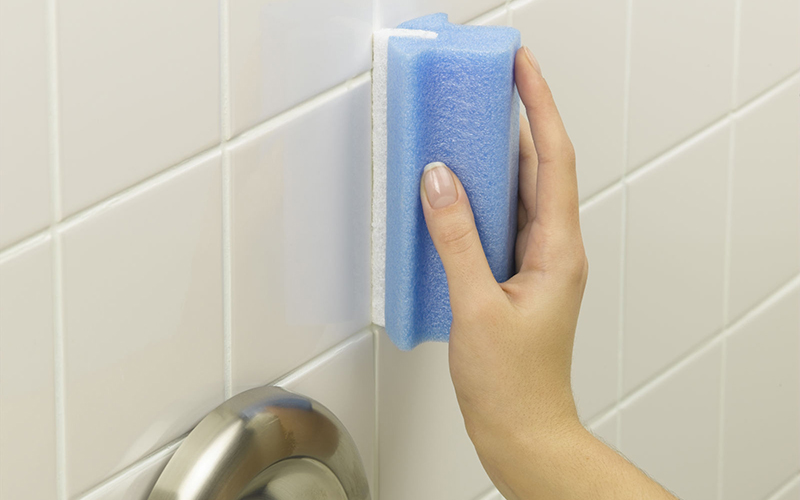
1. If you are doing repairs in the bathroom, where the ceramic cladding takes sun. the surface of the walls, it is better to choose a relatively inexpensive, but moisture-resistant grout, for example, cement-polymer. Alternatively, you can mix white cement based fugu with a liquid latex.
2. In the “wet zones” of the kitchen, bathroom, pool or bath font, grouting is not only waterproof, but also insensitive to detergents.Here, the ideal option would be a two-component epoxy compositions. The same mixtures can be used for making seams of mosaic panels - regardless of external conditions.
3. Take an epoxy or cement-sand grout of dark tones to cover the floor. The latter is also suitable for facing the fireplace or stove decorative tiles.
4. For exterior walls and open spaces it is better to look for a modified furan mixture. If it is not on sale, go back to the cement, adding to it the latex fugue and antiseptic - this will extend the service life of the grout.
5. Tiled floor with heating or cladding in unheated rooms rubbed with polyurethane. He will help out if the base under the coating is prone to deformation or is experiencing a vibration effect.
How much does the grout for tiles
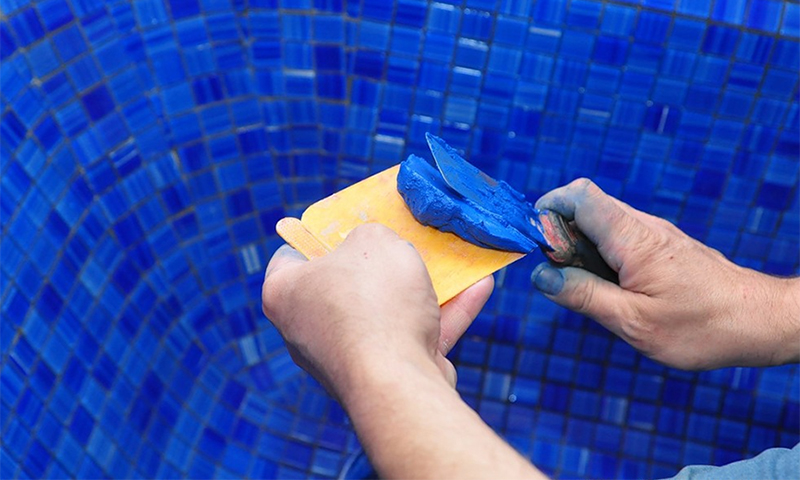
The cost of grout for tile depends on the composition and the selected decorative effect of the mixture. Package weight can be different: from 0.5-1 to 25 kg. But here it is necessary to correctly calculate the consumption of the fugue, taking into account the size of the tile and the width of the seams. Only in this way will you be able to determine how much money will be spent on the grout
As for the prices for various mixes, be guided by such figures:
1. 2-kilogram packing of good quality cement grout can be bought for 65-130 rubles. A bag of 25 kg will pull up to 1,800 rubles, if you take a cement-sand mixture and up to 3,600 if you need a plastic compound for very thin seams.
2. A bank of epoxy grout weighing 1 kg will be released no less than 950-1200 rubles. For a bucket of imported decorative fugues (10 kg) will have to pay from 5 to 11 thousand.
3. A kilogram of polyurethane grout will cost about 1000-2300 rubles. A bucket of 2.5 kg will pull in the amount of 2 to 5 thousand rubles.
4. Latex fugue in a package weighing 2 kg is sold at a price of 350-600 rubles.
5. The cost of furan grout ranges from 700-1300 rubles / kg.
It will be interesting to friends too










